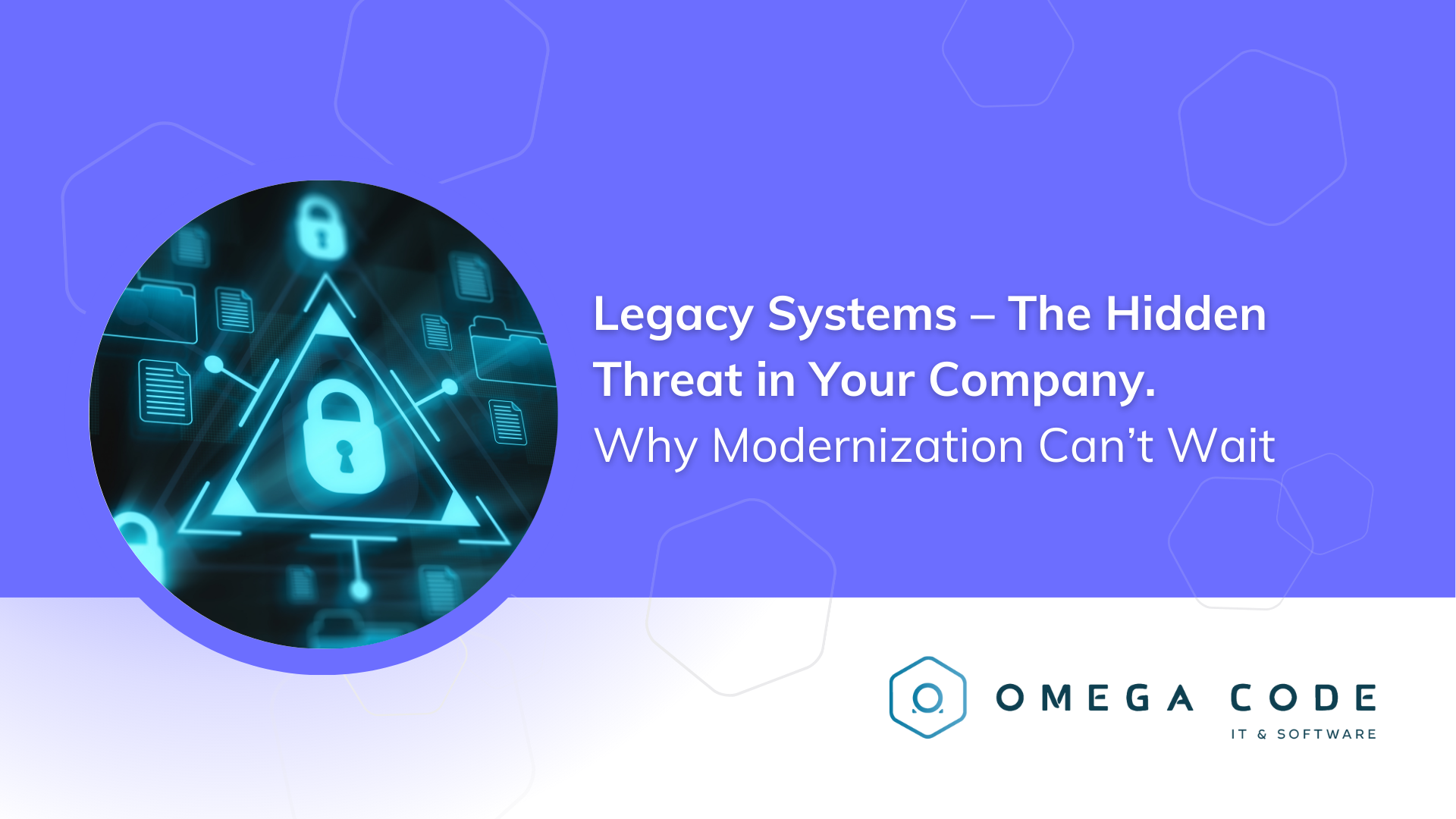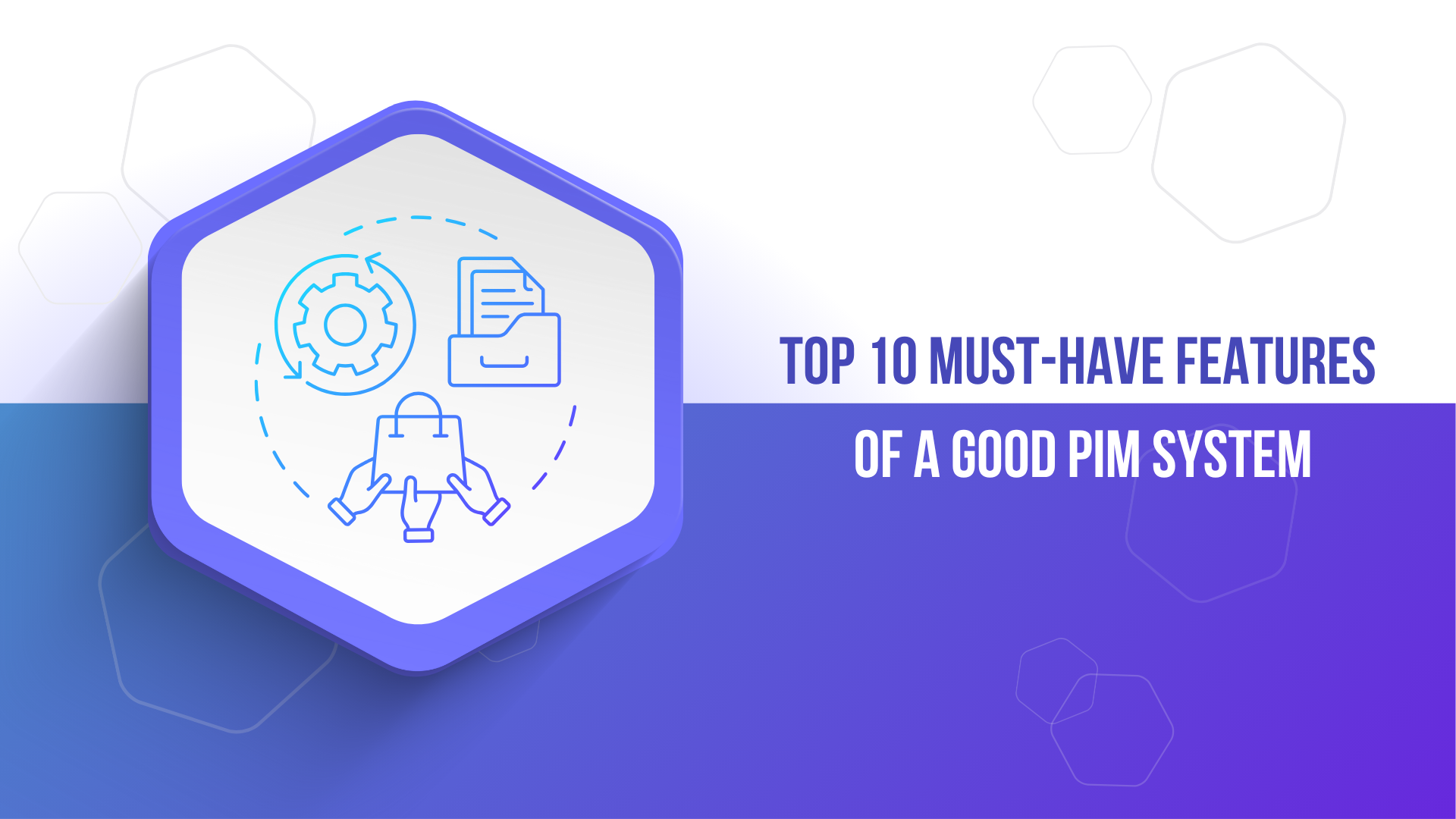When should you consider a WSO2 solution?
Will WSO2 be a solution tailored to your business? In what cases will it work best? You will find answers to these questions and more in the article below.

What exactly is WSO2 ESB?
WSO2 Enterprise Service Bus (ESB) is an extremely powerful integration tool that helps companies exchange data and processes between different systems and applications. It consists of several basic elements such as an adapter, mediator, register of services or management tools. Thanks to the adapters, WSO2 ESB is able to cooperate with many different systems, such as web applications, databases or ERP and CRM systems. The mediator, on the other hand, is the heart of the WSO2 ESB and is responsible for processing network messages that can be used for many different purposes, such as data transformation, routing or authentication and authorization. The service registry, in turn, is a place where all network services available via WSO2 ESB are defined and described, allowing other systems and applications to use them. WSO2 ESB also has management tools, such as administration console, monitoring and diagnostic tools, which allows for easy management and configuration of the solution.
An example of company that used WSO2
A model example would be a situation when company XYZ dealt with the sale of electronic products via the Internet. Over the past few years, their business has grown internationally and they now serve clients from many different countries. As their IT system consisted of many different applications and services, problems began to arise with their integration and data exchange. Therefore, the management of XYZ company decided to look for a solution that would help them streamline their integration processes and enable faster processing of orders and product deliveries. After conducting a series of analyzes and tests, they decided to invest in the WSO2 Enterprise Service Bus (ESB). After installing WSO2 ESB, XYZ immediately noticed a significant improvement in their integration processes. Systems that were previously unconnected now worked as a single organism, enabling faster order processing and product delivery. The administration console proved to be extremely useful in managing the bus and configuring individual services, while the monitoring and diagnostic tools helped to quickly solve problems that could affect the operation of the system. Investing in WSO2 ESB turned out to be a bull's-eye for XYZ and certainly contributed to their further development and success on the market.
In what cases is it worth using the data bus?
Let's consider in which cases the ESB gives us benefits from its use. The most important element is, of course, integration: WSO2 ESB allows different systems and applications to be connected, for example, a CRM system with a financial system, thanks to which they can work together and automatically transfer information to each other. The software allows you to combine several smaller services into one larger one, which makes it easier for client applications to use them. For example, it can be used to create one weather forecast service for many cities from many smaller weather services. What's more, this solution allows you to process network traffic to protect against attacks, optimize performance or conduct transactions. For example, it can be used to filter spam from emails or to conduct commercial transactions securely. WSO2 ESB allows you to provide access to various data sources, such as databases or files, for web applications and services. For example, it can be used to provide access to a product data database for e-commerce applications. In addition, it allows the integration of applications and services with various computing clouds, such as Amazon Web Services (AWS) or Microsoft Azure, enabling them to use the resources and services available in the cloud. The WSO2 data bus also allows you to monitor the performance of network applications and services and diagnose problems that may arise during their operation. It can collect various types of data, such as system logs, performance statistics or error information, and allow you to view and analyze them.
Examples of challenges in enterprises
Below we present some examples of challenges faced by enterprises and the solution to their problems is the WSO2 platform:
- When a company wants to integrate many different systems and applications to enable them to work together. WSO2 ESB allows you to connect different systems and applications, which allows for the automatic exchange of data and processes between them.
- When a company wants to make its services available over the Internet or otherwise cooperate with other companies. WSO2 ESB allows you to create and share web services, which allows other companies and applications to use them.
- When a company wants to protect its data and processes against attacks or unauthorized access. WSO2 ESB enables authentication and authorization of users and applications, and offers many other security mechanisms, such as data encryption and protection against Denial of Service attacks.
- When a company wants to monitor and diagnose the performance of its applications and network services. WSO2 ESB allows you to collect various types of data, such as system logs, performance statistics, and error information, which allows you to view and analyze them.
- When a company wants to monetize the use of its services, introduce billing for the use of its data access methods, calculations, etc. WSO2 ESB enables the collection and settlement of operations used via the WSO2 bus.
- When the company wants to increase the security of development and reduce the development costs of its IT platforms. WSO2 ESB enables the introduction of a mediator between systems that will reduce the chaos associated with updating services and shorten the testing and implementation process.
Of course, these are just a few examples and WSO2 ESB can be used in many other scenarios and industries. It is important to carefully identify the company's needs and requirements and see if WSO2 ESB is the right solution for their integration of web applications and services.
In order to collect more information or if You are interested in the WSO2 solution, please contact us via the form on the WSO2 website.





